The saffron-perfumed symphony of socarrat (crispy rice crust), tender seafood, and smoky pimentón that defines authentic paella has remained virtually unchanged since 19th-century Valencian farmers first cooked rice in flat pans over orange wood fires. Yet beneath its rustic appearance lies intricate chemistry now being decoded by avant-garde chefs through molecular gastronomy. This culinary investigation reveals how spherification, sous-vide, and food science are transforming Spain's national dish into a laboratory of innovation while preserving its soul—proving tradition and technology can coexist in the same pan.
The Socarrat Code: Cracking Rice's Perfect Crisp
That coveted caramelized crust at the paella's bottom—the socarrat—represents one of gastronomy's most elusive textures. Traditional methods rely on precise heat control and the Maillard reaction between rice starches and the pan's carbon steel. Molecular chefs have deconstructed this phenomenon using thermal imaging cameras, revealing the ideal socarrat forms at 154°C (309°F) when amylopectin chains in Bomba rice undergo partial pyrolysis.
Innovators like Madrid's chef José Andrés have recreated this chemically through maltodextrin coatings on rice grains that caramelize at lower temperatures, allowing perfect socarrat formation without risking burnt flavors. At Barcelona's Disfrutar, chefs employ a two-stage process: rice gets 72% cooked via sous-vide with saffron-infused stock, then finished in the pan just for crust development. This "controlled chaos" approach yields millimeter-perfect socarrat layers repeatably—something even abuelas struggle to achieve consistently over wood fires.
Saffron Science: Amplifying the World's Most Expensive Spice
The crimson threads of Crocus sativus contribute more than color—their bitter glycosides and volatile safranal compounds create paella's distinctive aroma. Molecular analysis shows these fragile molecules degrade rapidly at high heat, with 40% of flavor compounds lost during traditional cooking. Modern techniques combat this through cold infusion methods: steeping saffron in glycerol at 4°C (39°F) for 72 hours extracts 98% of aromatic compounds versus boiling water's 60%.
Some chefs have developed saffron "caviar" using reverse spherification—encasing concentrated essence in alginate membranes that burst like flavor bombs when chewed. Others create freeze-dried saffron powder that disperses evenly through rice without clumping. The most radical innovation comes from Valencia's Gastrolab, where biochemists identified the exact ratio of picrocrocin to safranal that triggers optimal umami perception—allowing them to enhance lower-grade saffron to premium quality through precise enzymatic treatments.
Seafood Precision: From Wood Fire to Water Bath
Traditional paella's seafood suffers from textural inconsistency—overcooked prawns and rubbery squid being common pitfalls. Molecular solutions employ temperature precision unheard of in campo cooking. Monkfish gets cooked separately at 52°C (126°F) sous-vide with olive oil and garlic, then added just before serving to maintain its delicate flakiness. Mussels are opened with ultrasonic waves that preserve more liquid than heat, their briny liquor transformed into gel pearls through agar setting.
The showstopper technique involves "phantom shrimp"—shellfish meat removed via pressure vacuuming, marinated in seawater distillate, then reassembled using transglutaminase (meat glue) into perfect cylinders that cook evenly throughout. These innovations address paella's inherent contradiction: rice requiring prolonged cooking versus seafood needing seconds. By deconstructing components, chefs grant each element its ideal preparation before harmonious recombination.
Smoke & Mirrors: Recreating Wood Fire Essence
Authentic paella derives complexity from orange wood smoke penetrating the rice—a flavor profile modern kitchens replicate through cutting-edge methods. At San Sebastian's Mugaritz, chefs burn wood essence into liquid nitrogen, creating smoke "snow" sprinkled over plated rice. Others use ultrasonic humidifiers to aerosolize smoked olive oil into edible fog. The most ingenious solution comes from Alicante's Quique Dacosta, who developed a pimentón (smoked paprika) nanoemulsion that coats each rice grain with consistent smoke flavor impossible to achieve through traditional sprinkling.
For home cooks, scientists have created "smoke capsules"—freeze-dried orange wood extract in maltodextrin that activates when heated. These allow urban chefs without access to wood fires to achieve rural authenticity. The ultimate homage comes full-circle: Valencia's Arroz Lab now analyzes smoke compounds from century-old paella pans to recreate historical flavor profiles in modern cooking.
The Rice Revolution: Beyond Bomba
While Bomba rice's ability to absorb three times its volume in broth makes it the paella gold standard, molecular chefs are engineering alternatives. Hydroponic rice grown with saffron-infused nutrients develops golden color and flavor from within. Geneticists have identified the exact starch composition that creates Bomba's perfect texture, allowing replication using other grains—a quinoa-Bomba hybrid now offers gluten-free paella without compromise.
The most radical innovation is "phantom rice"—tapioca pearls injected with paella stock that mimic Bomba's mouthfeel while being 100% uniform. At El Celler de Can Roca, chefs combine this with 5% actual rice for symbolic tradition. Meanwhile, food engineers have created "programmable rice" coated with layered starches that release flavors sequentially—first saffron, then paprika, finally seafood—simulating the flavor development of hours-long cooking in minutes.
The Stock Matrix: Flavor in Three Dimensions
Traditional paella stock—a simple blend of fish bones, chicken, and vegetables—has been mapped molecularly. Mass spectrometers at Barcelona's Alícia Foundation identified 27 key flavor compounds, now reproduced through precision fermentation for consistent results. Chefs employ rotary evaporators to create hyper-concentrated stock essences—one drop equals a cup's flavor—allowing richer taste without watery dilution.
Modernist versions layer flavors spatially: powdered shellfish fumet at the pan's bottom transforms into broth when heated, while aromatic gels on top melt progressively. Some chefs use gellan gum to create stock "scaffolds" that collapse at specific temperatures, controlling flavor release timing. The ultimate innovation comes from chef Andoni Luis Aduriz, who developed "temporal stock"—separate preparations mixed just before serving that chemically combine to recreate the taste of 8-hour simmering instantly.
The New Paella Paradox: Tradition Through Technology
As purists protest these innovations, an ironic truth emerges: molecular techniques often achieve more authentic flavors than commercial shortcuts ruining traditional paella. Industrial saffron substitutes and quick-cook rice have done more damage to paella's heritage than any spherified mussel. Modernist methods, when applied respectfully, can protect traditions—like digital archives preserving ancient manuscripts.
Valencia's annual Paella Innovation Awards now include a "Back to the Future" category honoring technologies that recover lost authenticity. Last year's winner used gas chromatography to recreate 1920s paella flavors from pan residues in antique shops. Another finalist developed AI-assisted heat sensors that guide home cooks to perfect socarrat using smartphone alerts—democratizing abuela-level skill.
Tasting a molecular deconstruction alongside wood-fired original reveals surprising common ground—both seek that fleeting moment when rice, smoke, and sea converge perfectly. As chef Ferran Adrià (who revolutionized paella with his "arroz deconstruido") reflects: "Tradition isn't about repeating, but understanding deeply enough to reinvent."
Today's paella exists in glorious multiplicity: grandmothers still stirring pans over crackling fires, labs analyzing starch gelatinization curves, and bistros serving deconstructed versions where each component shines. This diversity, not dogma, keeps Spain's culinary icon alive. After all, the original paella was born from improvisation—farmers making magic with what they had. In that spirit, perhaps the most authentic paella is simply the next great one yet to be imagined.
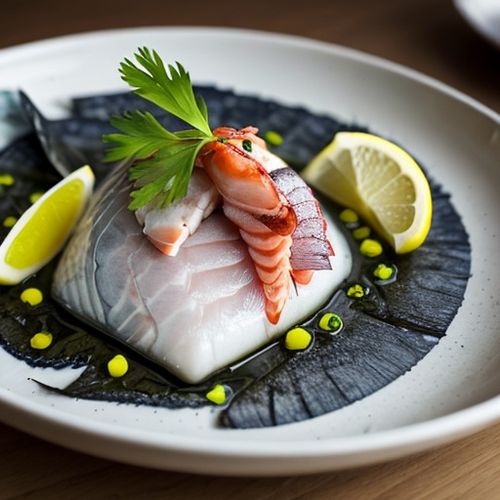
By James Moore/Mar 29, 2025
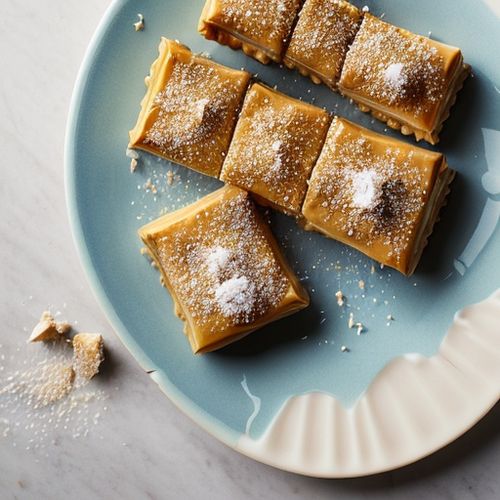
By Noah Bell/Mar 29, 2025
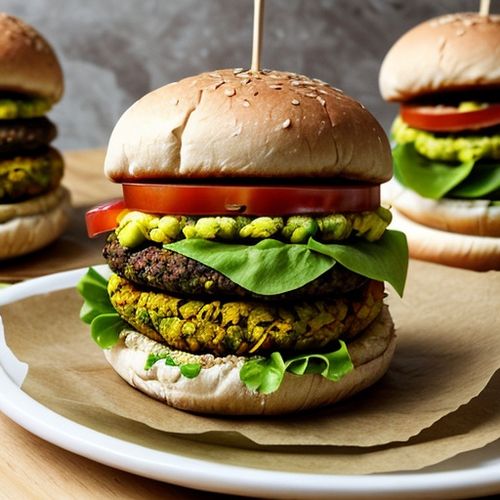
By Ryan Martin/Mar 29, 2025
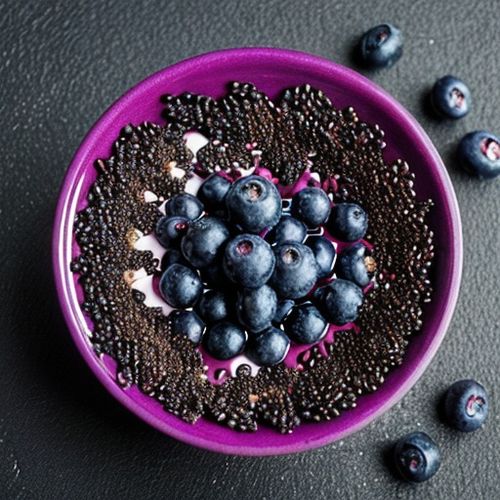
By Sarah Davis/Mar 29, 2025
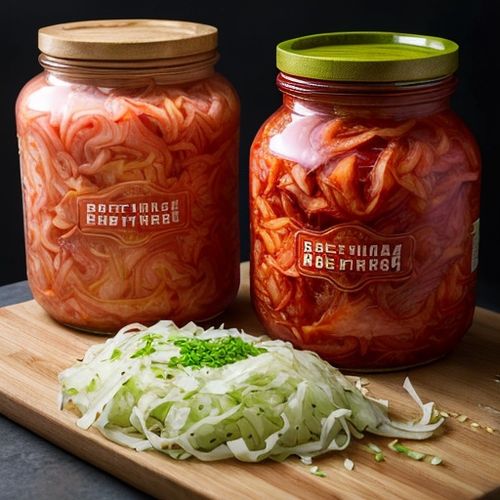
By William Miller/Mar 29, 2025

By Lily Simpson/Mar 29, 2025
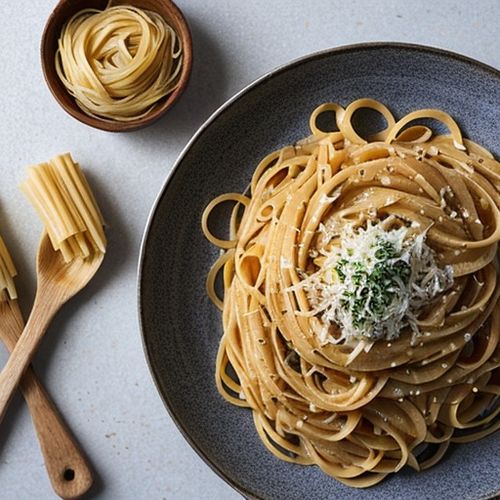
By William Miller/Mar 29, 2025
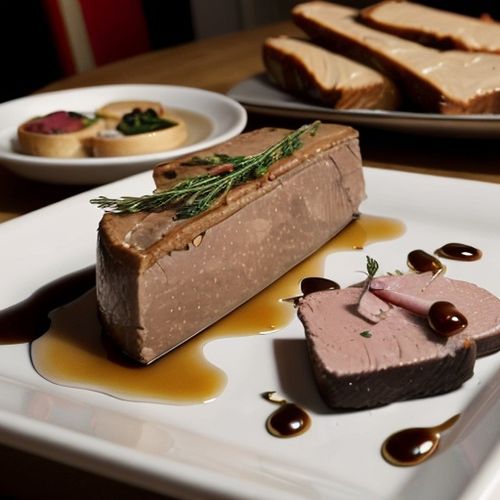
By Rebecca Stewart/Mar 29, 2025
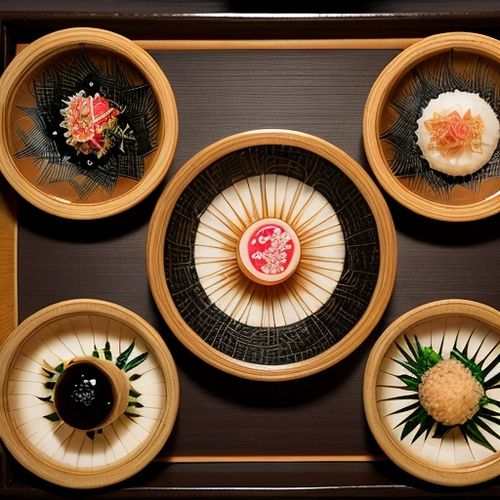
By Joshua Howard/Mar 29, 2025
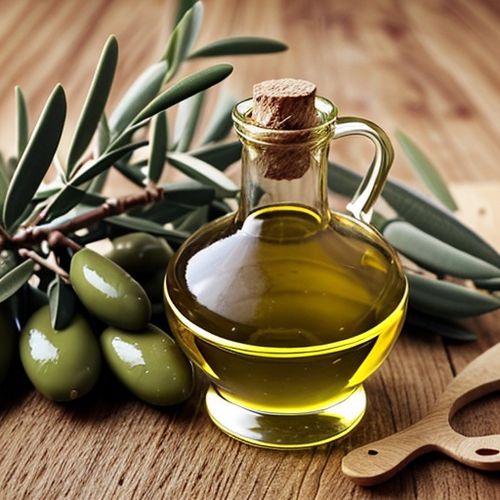
By Emily Johnson/Mar 29, 2025

By David Anderson/Mar 29, 2025
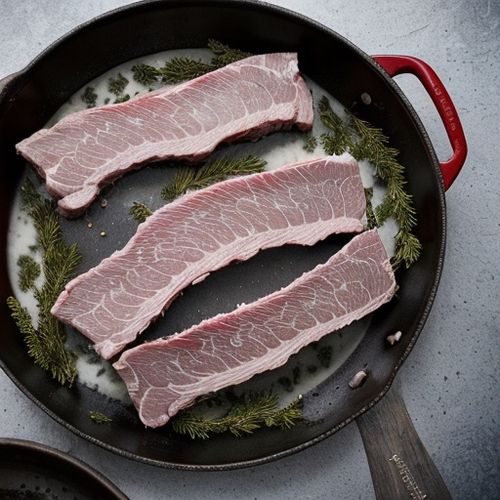
By Thomas Roberts/Mar 29, 2025

By Jessica Lee/Mar 29, 2025

By Amanda Phillips/Mar 29, 2025
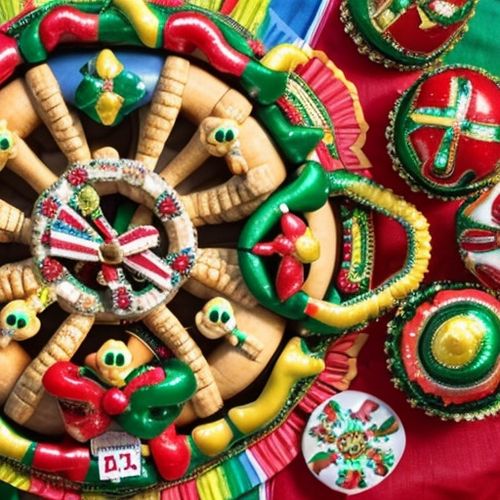
By Sophia Lewis/Mar 29, 2025
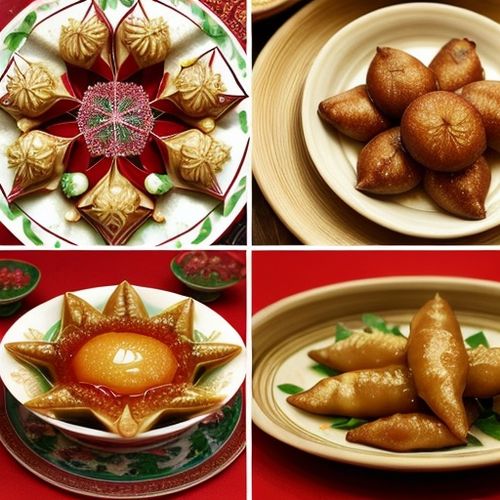
By Laura Wilson/Mar 29, 2025

By Emma Thompson/Mar 29, 2025

By Samuel Cooper/Mar 29, 2025
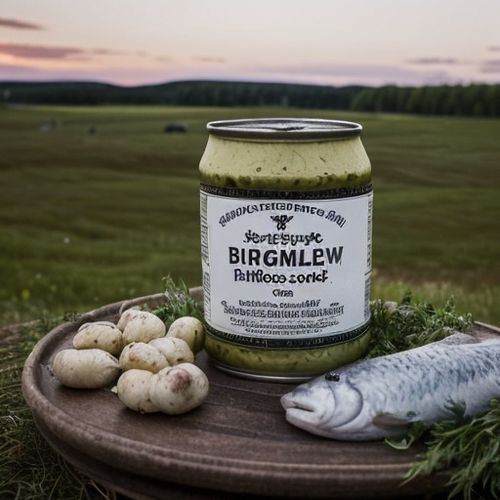
By Olivia Reed/Mar 29, 2025
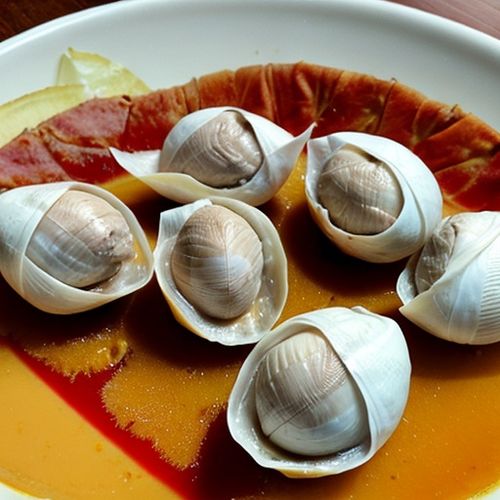
By Noah Bell/Mar 29, 2025